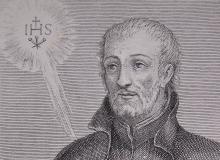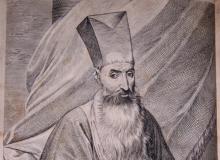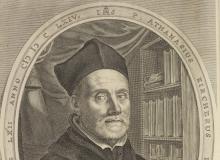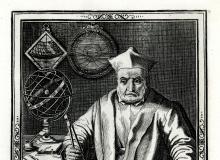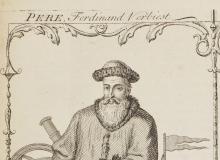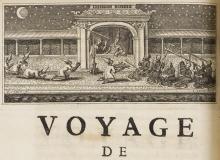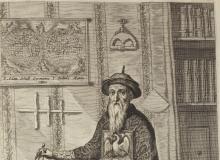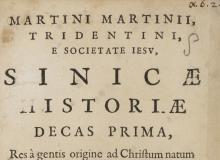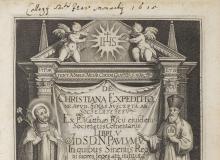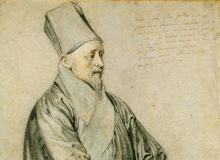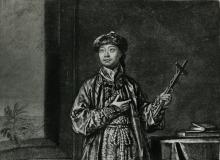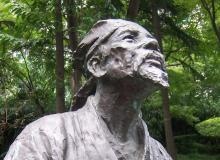People
Between 1552 and 1773, Jesuit missionaries from Europe enabled significant cross-cultural exchange between China and the rest of the world. They were conveyors of knowledge and interlocutors between cultures. They were greatly helped by Chinese scholars and friends, some of who also became Christians themselves. This section introduces a few of the more significant of these people. Among other things, they have given us the word ‘Confucius’, translated Euclidean geometry into Chinese and helped popularize everything from tea to ginseng. The people introduced here are also connected to books in Boston College’s Jesuitana Collection, held in the Burns Library.
